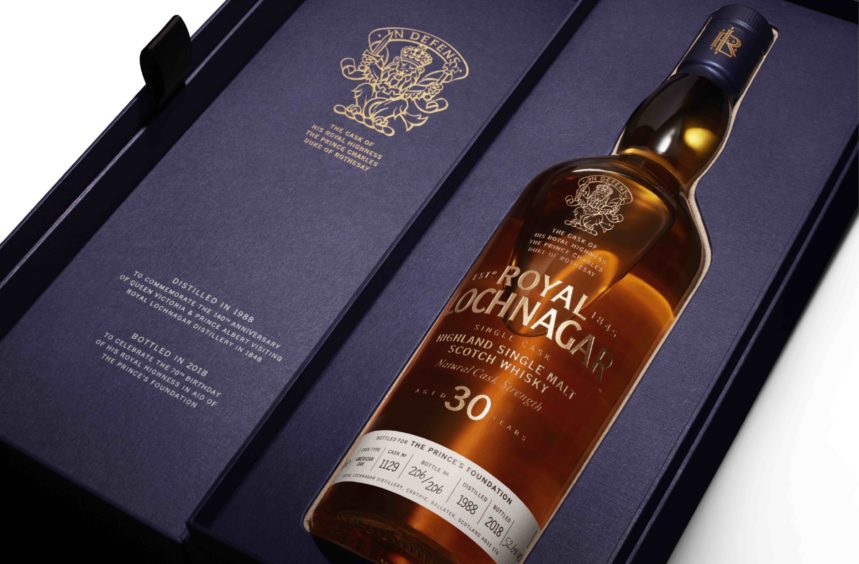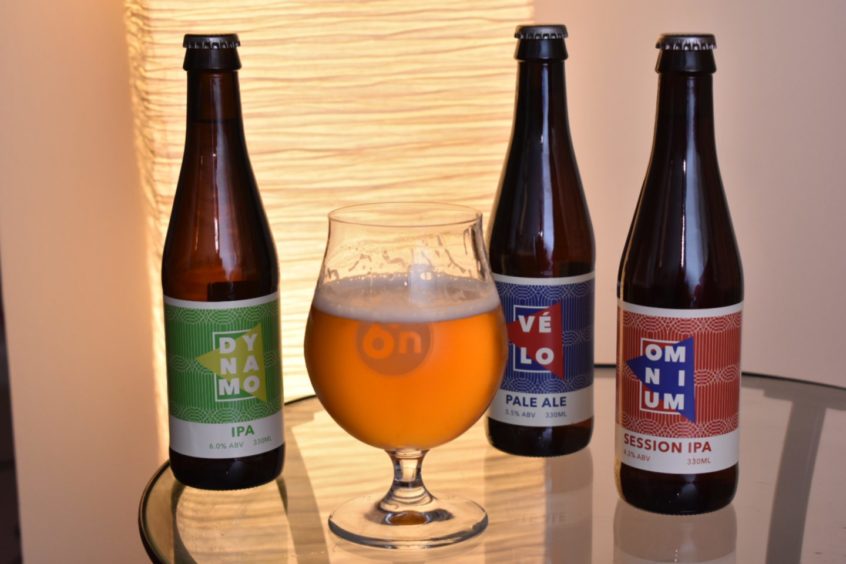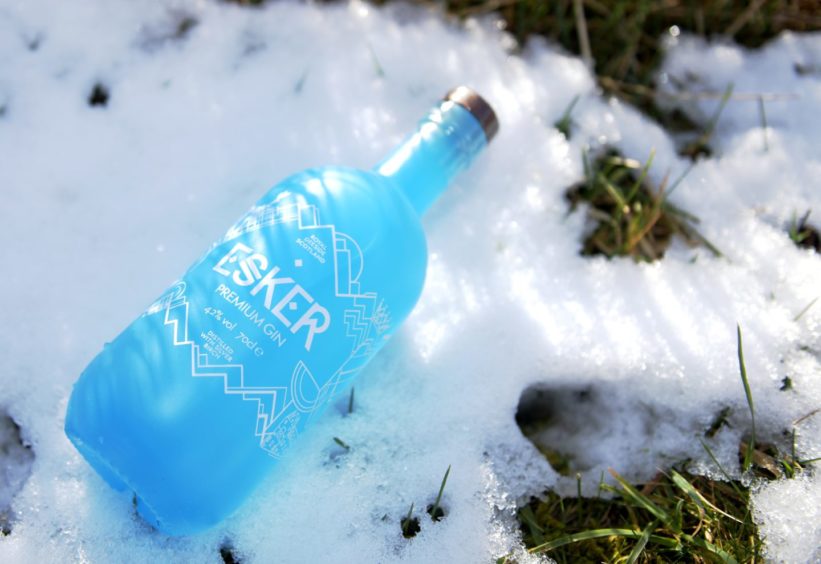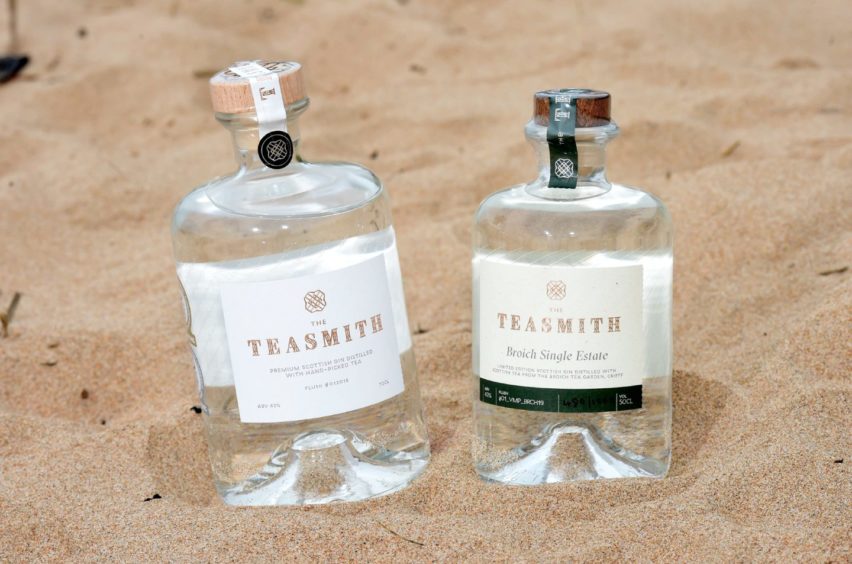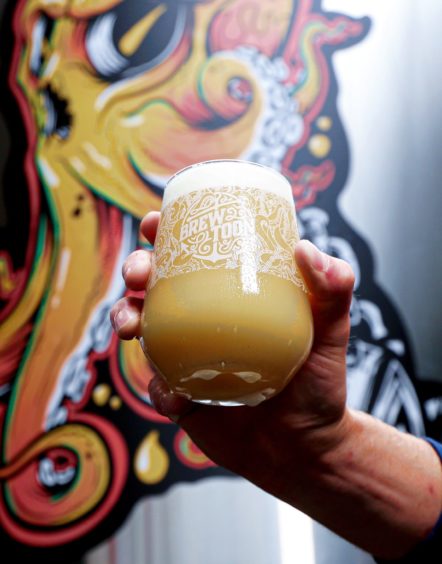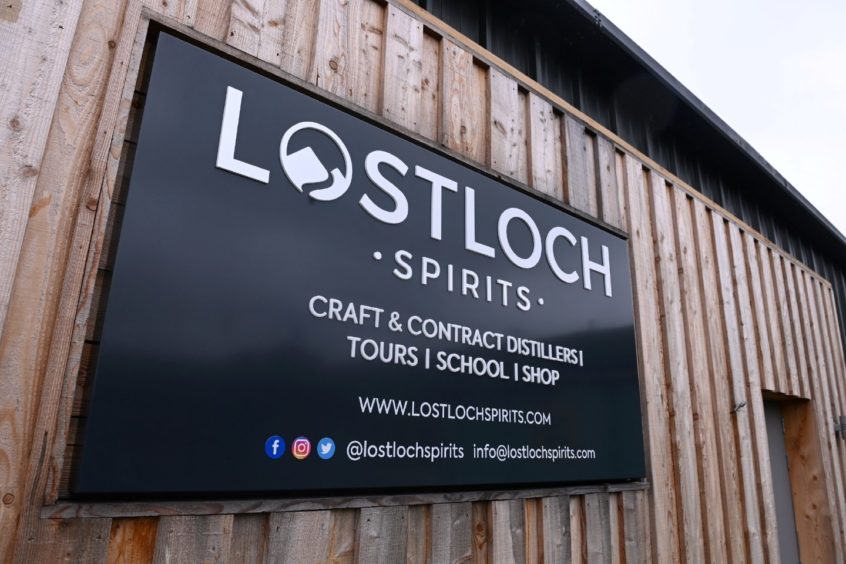Drink producers are among the most exciting businesses in the north-east food and drink industry, accounting for nearly a quarter of its £2.2 billion annual turnover.
It is an attractive sector for scaling businesses and new entrants, as there is enormous scope for innovation.
The market is extensive, with numerous alcoholic and non-alcoholic product categories and sales channels to the on and off-trade, retail and direct to consumers.
This is a sector where you can build a brand and, hopefully, a premium through a focus on quality, particular consumers, a unique story, how you go to market and how you produce.”
North-east names including Six Degrees North, Brew Toon, Burnside Brewery, Deeside Water, Esker, Fierce Beer, The House of Botanicals, Lost Loch Distillery, Porter’s Gin, Raven spirits, Raw Culture, Summerhouse Drinks, The Teasmith, and The Wee Scottish Cider Company are increasingly familiar to discerning drinkers at home and overseas.
And let’s not forget whisky distilleries such as Fettercairn, Glengarioch and Royal Lochnagar.
Drink in all its many forms is, however, competing in a crowded marketplace. Success requires a combination of high-quality products, innovation with an eye on evolving consumer tastes, and effective sales and marketing targeted at the highest margin returns.
This is a sector where you can build a brand and, hopefully, a premium through a focus on quality, particular consumers, a unique story, how you go to market and how you produce.
The critical issues for producers are sustainability, changing consumer tastes and new product development, as well as the growth in drink tourism.
Sustainability is now essential in an industry that is often a significant user of energy and resources.
Many craft brewers, for example, have already shifted their focus from bottles to cans because they are lighter to transport and require less energy to recycle.
A national mandatory bottle return scheme is still on the Scottish Government legislation list.
Production techniques will be another area for evolution to achieve environmental targets.
Many distillers and brewers are already capturing waste heat, adding value to their mash by-products or generating green energy from them.
Opportunity North East (One) and Scotland Food & Drink (SFD) have teamed up to bring new, dedicated resource to the region to support businesses with their sustainability drive and achieve commercial advantage from it.
Evolving market
There have been significant shifts in the drink sector globally in the past 18 months.
At-home consumption increased sharply last year and consumers sought out more sophisticated alternatives to traditional non-alcoholic options – such as soft drinks.
The moderation trend that pre-dated Covid-19 saw no and low-alcohol drinks increasing their traction among a broad range of consumers.
Awareness around health and wellbeing has meant no and low-alcohol offerings have become aspirational, with consumers willing to pay a premium.
Online sales focus
Covid-19 lockdowns and the subsequent rise of the at-home drinking occasion forced many drink businesses to shift channel investment into e-commerce.
As consumers became increasingly comfortable with buying alcohol online during 2020, the value of e-commerce in the category grew by 40%.
By 2024, in the top 10 global markets the value of the channel will surpass $40 billion (£29bn), more than double the sales of 2019.
The ready-to-drink (RTD) alcohol category, which includes pre-mixed cocktails, is under rapid transformation.
Volume growth here is outpacing other categories globally as consumers look for lower ABV (alcohol by volume), portability and single-serve options.
In the US and Canada, the volume consumption of RTDs overtook that of spirits in 2020.
New product development (NPD) will ensure drinks producers capitalise on these trends.
One and SeedPod are working with SFD and the Knowledge Bank to pilot an Insights into NPD programme.
It will allow businesses to use market data and foresight to create new, on-trend premium products.
The potential is enormous and could include anything from cider, soft drinks, oat milk and water to vending technology, pre-mixed cocktails, and nitro beers.
Alongside the experiences trend, there is increasing demand for drink tourism, with consumers wanting to connect with products at source
The whisky industry has long recognised this, but the visitor experience now extends to brewers and distillers of other spirits.
Embracing new opportunities
For example, Lost Loch, Porter’s Gin and the City of Aberdeen Distillery have established successful visitor experiences.
An excellent case study of a business in the region investing, innovating and embracing new opportunities is Lost Loch on Royal Deeside, which took part in One’s 2018 food and drink business growth programme.
The business saw a significant increase in inquiries for contract distilling during the lockdown.
Pre-pandemic, it had five contract distilling customers. Today, it has 21 and is producing more than 30 different products.
Lost Loch appointed a hospitality manager in late 2020 and has been building the tourism and events side of the business.
The distillery is open for tours and tastings, and runs an award-winning spirit school.
Investment in facilities includes a new road, an outside bar, signage and lighting, and expanded storage space. They have also rebuilt their website with an improved e-commerce shop front.
Lost Loch’s current priorities include increasing sales and distributing its eeNoo Gin, Haroosh, and Murmichan products to the broader UK market.
It also plans to launch new products under the Singular series range to include whiskies and rums.
Festival time
Lost Loch is one of more than 20 businesses across the region taking part in this week’s Provenance Festival, led by One.
Running until Sunday (October 3), it allows people to experience the region’s world-class food and drink products first-hand and at the source. See the festival website for details of 100-plus events.
There are enormous opportunities for the drink sector as the food and drink industry across north-east Scotland develops its leading role in sustainable production, product innovation and premium market development.
Food and drink sector in line for jobs boost as £21 million hub gets green light
A busy market pushes innovation. I think we will see exciting products coming forward alongside advances in production, packaging and distribution.
All of which will create new jobs and income as part of the region’s green economic recovery.
Peter Cook is director of food, drink and agriculture at economic development partnership Opportunity North East.

